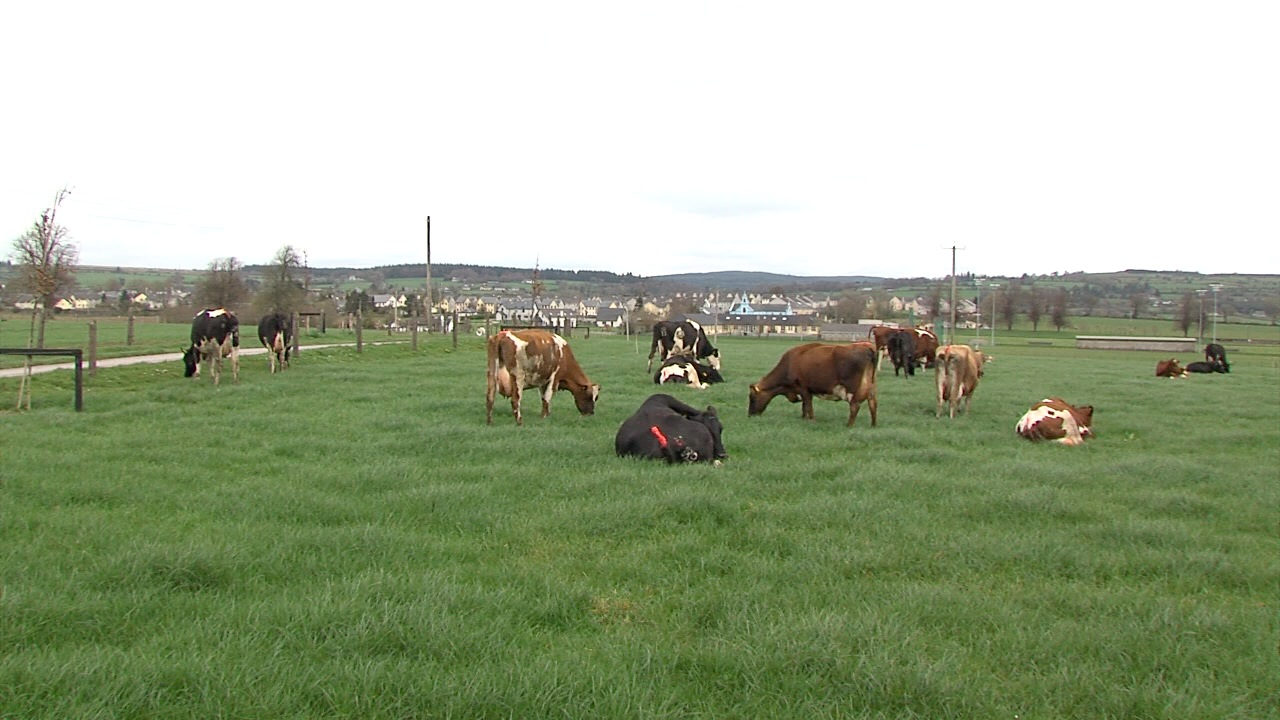Down on the farm, cows graze while robots milk

Related topics
Agriculture & Forestry Innovation SMEs Innovation in SMEs Belgium Denmark France Ireland Netherlands Sweden Food security, sustainable agriculture and forestry, maritime and martime inland water research and bio-economydate: 18/09/2014
Project: Innovative and sustainable systems combi...
acronym: AUTOGRASSMILK
See also: CORDIS
Contact: Contact
Automated milking – where robots milk cows without human help – saves farmers time; pasture-grazing saves money on feed. They should be a perfect combination, but aren’t.
This is because in automated systems it is the cows themselves that decide when to go to the milking unit, and it can be difficult to tempt them away from a field full of grass.
Researchers at the EU-funded Autograssmilk project are developing and implementing a cow movement system that overcomes this problem, along with supporting tools – allowing farmers to combine pasture grazing with automated milking.
The cow movement system encourages cows to go past the milking unit at regular times in the day. To manage grazing more efficiently in this system, a handheld device called the ‘GrassHopper’ measures the grass across the farm and allocates areas for grazing, while a virtual fence sets appropriate boundaries within fields.
Project coordinator Bernadette O’Brien, from Ireland’s Animal and Grassland Research and Innovation Centre (Teagasc), says: “Grass-based feeding has a positive impact on milk quality, increases competitiveness and animal welfare standards, and reduces the environmental footprint associated with milk production.”
She explains that as 50% of new milking installations in Europe are now automated, farmers need a way to integrate grazing with such installations. According to O’Brien, this will help increase the proportion of grass in cows’ diets in farms that use automated milking. The efficiency boost from the project’s tools can help farmers raise production and keep costs down, she adds.
The GrassHopper has already been used on farms run by the project’s partners in Ireland, the Netherlands and France, while the virtual fence is still in its early stages and is currently under trial. O’Brien says: “We have had excellent interest. At the April 2014 open day for potential users at our research farm, over 900 farmers attended.”
Smart, labour-saving tools
Autograssmilk’s cow movement system integrates existing technologies with new ones.
It divides the farm into three sections around the automated milking unit, with farmers using the project’s GrassHopper tool to calculate where the cows should graze in each section.
The tool measures the height of grass at a number of different places and determines an average for each field. It then uses this information – together with data from the farmer on the number of cows and the amount of grass to be given to each cow – to calculate areas for the cows and where the farmer should place fences so the cows can access enough grass to achieve milk production targets.
As the cows move from one section of pasture to another, attracted by fresh grass, they pass through the yard of the automated milking unit. The milking robots identify each cow from an electronic tag on her leg as she passes through the gate at entry to the yard. Automatic selection gates direct the cow towards the milking unit if she is due for milking and back to the pastures if she is not. This ensures efficient use of the robotic milking unit.
Regular, self-directed milking with access to pasture allows cows to behave and socialise more naturally, while the automated milking system monitors the quality of each cow’s milk and its health.
By the time the project ends in December 2015 the GrassHopper will also be able to measure grass density, not just height, providing farmers with even more accurate measurements, says O’Brien.
Ireland-based True North Mapping & Technologies plans to release GrassHopper, together with an associated app for smartphones and tablets in spring of 2015. The GrassApp collects data on grass cover in real-time. Among other features, it also records the geo-location of each sample for later analysis via other software tools, such as Teagasc’s PastureBase and Agrinet.
Good fences make better cows
To further automate herd management, the project team is investigating a virtual fence for use in intensive farming. This research is based on a system already used in extensive scenarios, such as rangelands and national parks in Australia and the US.
The project’s virtual fence uses GPS and a base station that communicates with a collar on a cow to define invisible barriers, or virtual fences. The collar delivers an unpleasant but not painful stimulus to discourage a cow from leaving a defined area. Testing of the system is underway.
